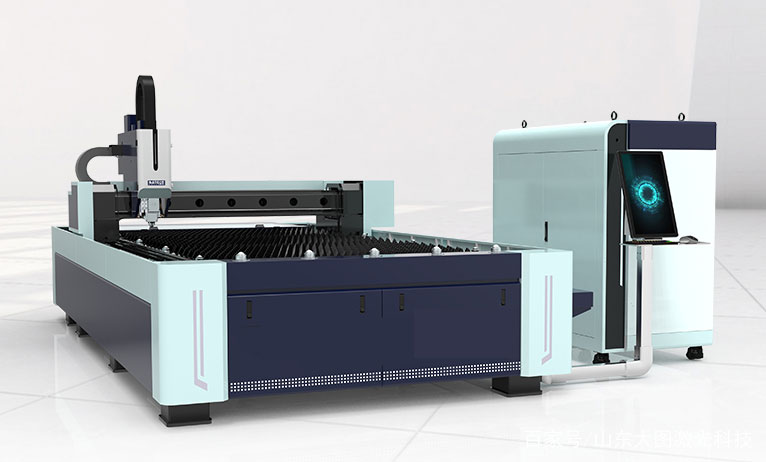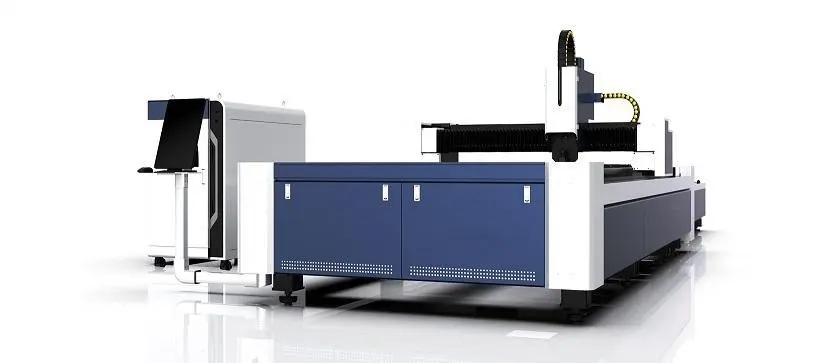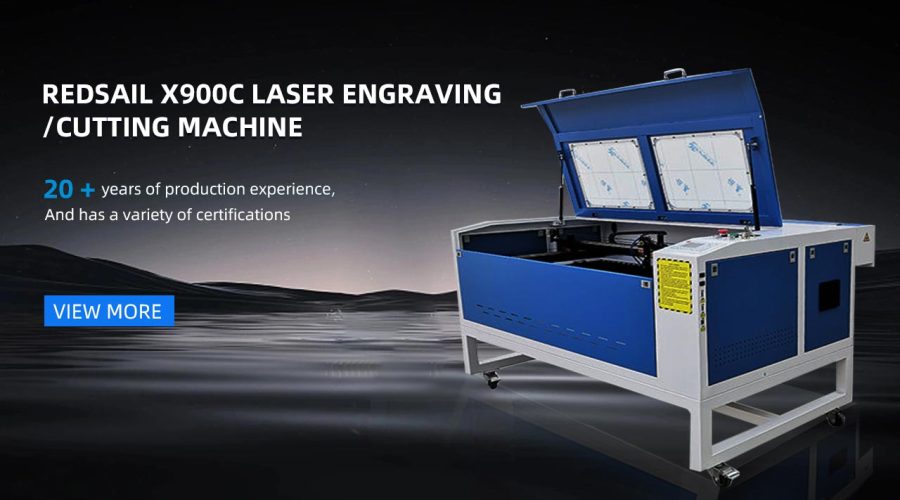The principle of laser die-cutting (also known as digital die-cutting) is to use the laser beam to evaporate and cut the surface of the product according to the path of the product graphic. The edge of the material has been evaporated, so there is no need for manual processing such as grinding and smoothing again, which saves a lot of time. Due to the development of laser die-cutting technology, the more complex die-cutting process has been significantly improved, and the current laser die-cutting processing system is more cost-effective, as well as the previous traditional mode. When the laser die-cutting system is applied to higher-end products, it can be applied to more materials more widely, the error control is more strict and cautious, and the complex and messy processing technology becomes very stable and fast.
Back to the topic: What are the differences and advantages between laser die cutting and mechanical die cutting?
First, laser cutting stencils can handle any vector graphics, removing the construction costs of stencils, both cost and money. Simply enter the graphics into the operating software, and the raw file processing process can be completed within minutes, with no subsequent processing steps required. Mold cutting Molds need to build molds, which will be in contact with the material when cutting, causing certain limitations.
Second: Laser cutting has quite obvious advantages, and it can perfectly handle special processing such as punching, dotted lines, creases, and continuous numbering, which is impossible for mold cutting.
Third: Compared with some orders that are more capable of processing long orders of mechanical molds, the cost of laser molds is relatively low. If the live parts are mold-prone geometries, if the material is not very thin or sticky, or wear-resistant, or has no ill effects, especially compared to long-term live parts, the cost of tooling and die cutting is negligible. Dies and molds (flat printing machines, rotary die cutting, hot stamping gap photoelectric control technology) tend to do better.





